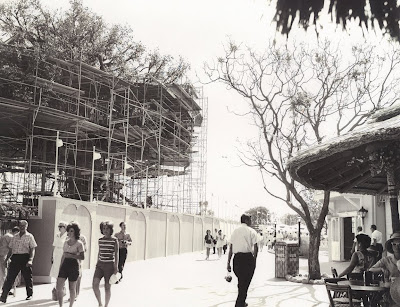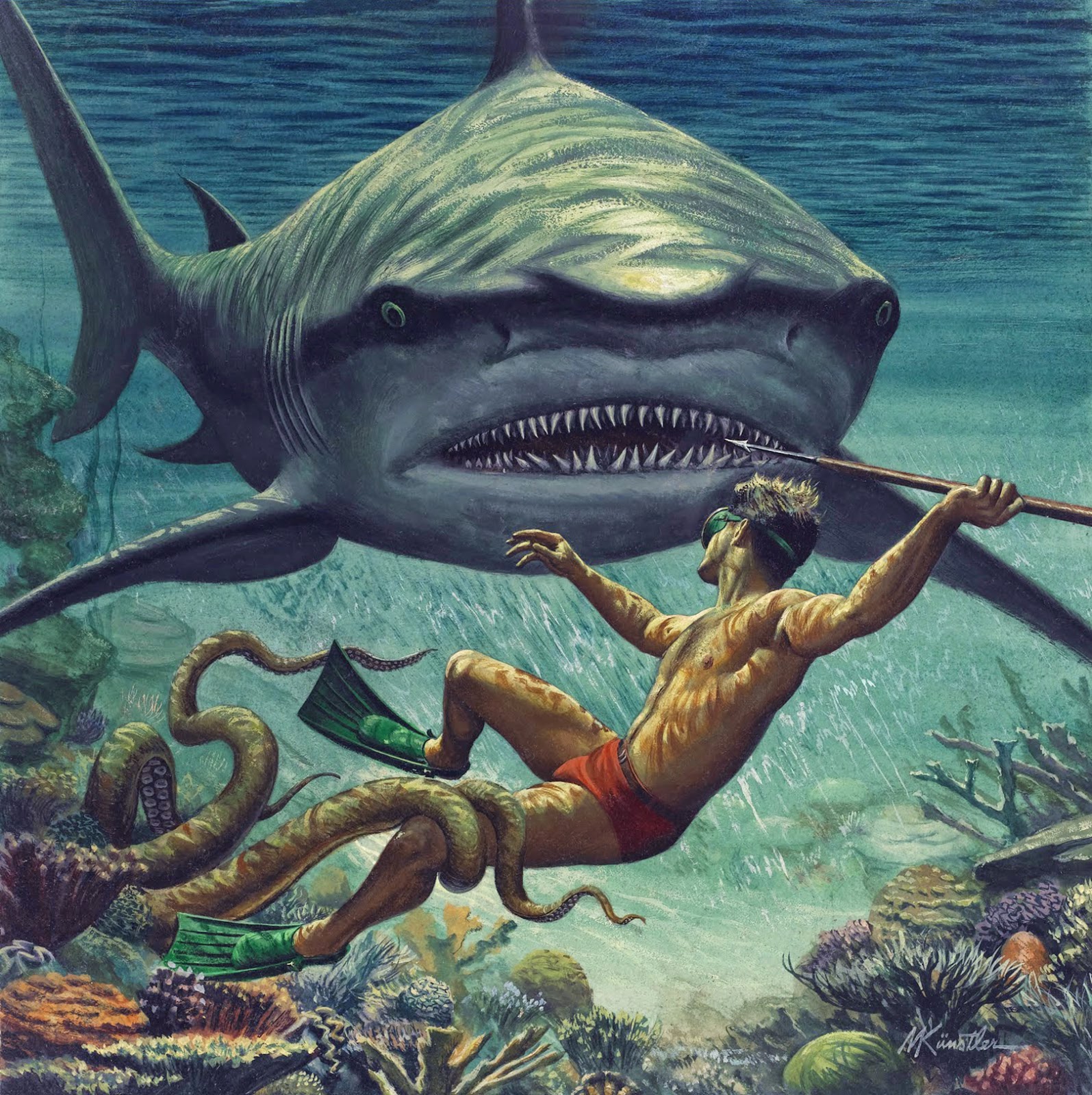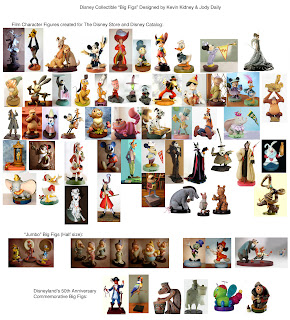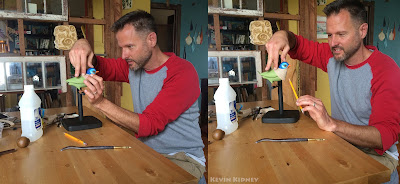
Don't call me swissy-pants.
Let me tell you, it was no job for the faint-hearted. The turnstile position at the Swiss Family Robinson Treehouse required nerves of tempered steel to endure the sideways glances from Disneyland visitors who'd never before seen a guy wearing a blouse and knee socks (not to mention those green knickers borrowed from Geppetto.)
Next, you had to be ever-watchful for any unexpected arboreal emergencies, such as the time the water system went berserk, or the summer evening in 1986 when a pale-complexioned woman climbed up to the highest point and "shipwrecked her supper" over the handrail. For the next two hours, the gate was closed while custodial hosed pathways, stairs, plants, rocks and everything else that had been affected.
And most important of all, a successful and effective Treehouse Host needed to be able to summon up whatever it took to survive...
The Swisskapolka!
Composer Buddy Baker's original handwritten swisskamusic!
Please don't misunderstand, I love the music. I really LOVE it!! It's a perky little polka played on a pipe organ to put pep in your step as you merrily explore the world's most fabulous treetop domicile.
But imagine if you will...back in my day the Treehouse was a full eight-hour shift all to itself. For most of those eight hours you stood (no sitting or leaning allowed) and greeted every person who came through the turnstile, only earning parole a few times a day when somebody from the Tiki Room would walk over and "bump" you to a break. But for most of the long summer day, it was just you and that big rotating waterwheel splashing at your back...and, of course, the never-ending music, flowing down from above.
Until the day the Swiss Family shipped out and Tarzan the apeman swung in.
In 2000, the actual prop organ that had "played" since 1962 was sold on eBay (Oh, the indignity!) This photo, taken by Disney Auctions, with damaged keyboard and missing stops, was the final public appearance of the Treehouse organ.
But the polka music lives on, not only from the gramophone swisska-tribute at Tarzan's Treehouse, but on CD, on youTube, and of course, in my head where it continues to play on and on and on.












































